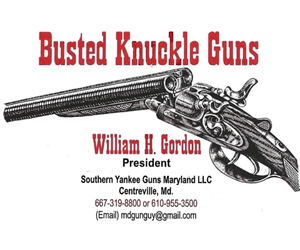fxk
Active Member
Odd question:
On average, in service use, by say state or county police, how long would a modern issue pistol be serviceable?
I see occasionally some department or the other is replacing their pistols wholesale.
Why would a department change out the entire force at once?
Are they changed out because they're worn out?
Because they've become unreliable?
Caliber change? (I'd guess that may be a prime factor)
Safer?
More reliable?
I know in trucks and cars, fleet maintenance is very different than individual ownership.
How different is managing the maintenance and replacement programs in an arsenal?
On average, in service use, by say state or county police, how long would a modern issue pistol be serviceable?
I see occasionally some department or the other is replacing their pistols wholesale.
Why would a department change out the entire force at once?
Are they changed out because they're worn out?
Because they've become unreliable?
Caliber change? (I'd guess that may be a prime factor)
Safer?
More reliable?
I know in trucks and cars, fleet maintenance is very different than individual ownership.
How different is managing the maintenance and replacement programs in an arsenal?

 . So after 7-10 years the gun is going to be way under its useable service life of 10,000+ rounds before major parts may need replacement.
. So after 7-10 years the gun is going to be way under its useable service life of 10,000+ rounds before major parts may need replacement. 